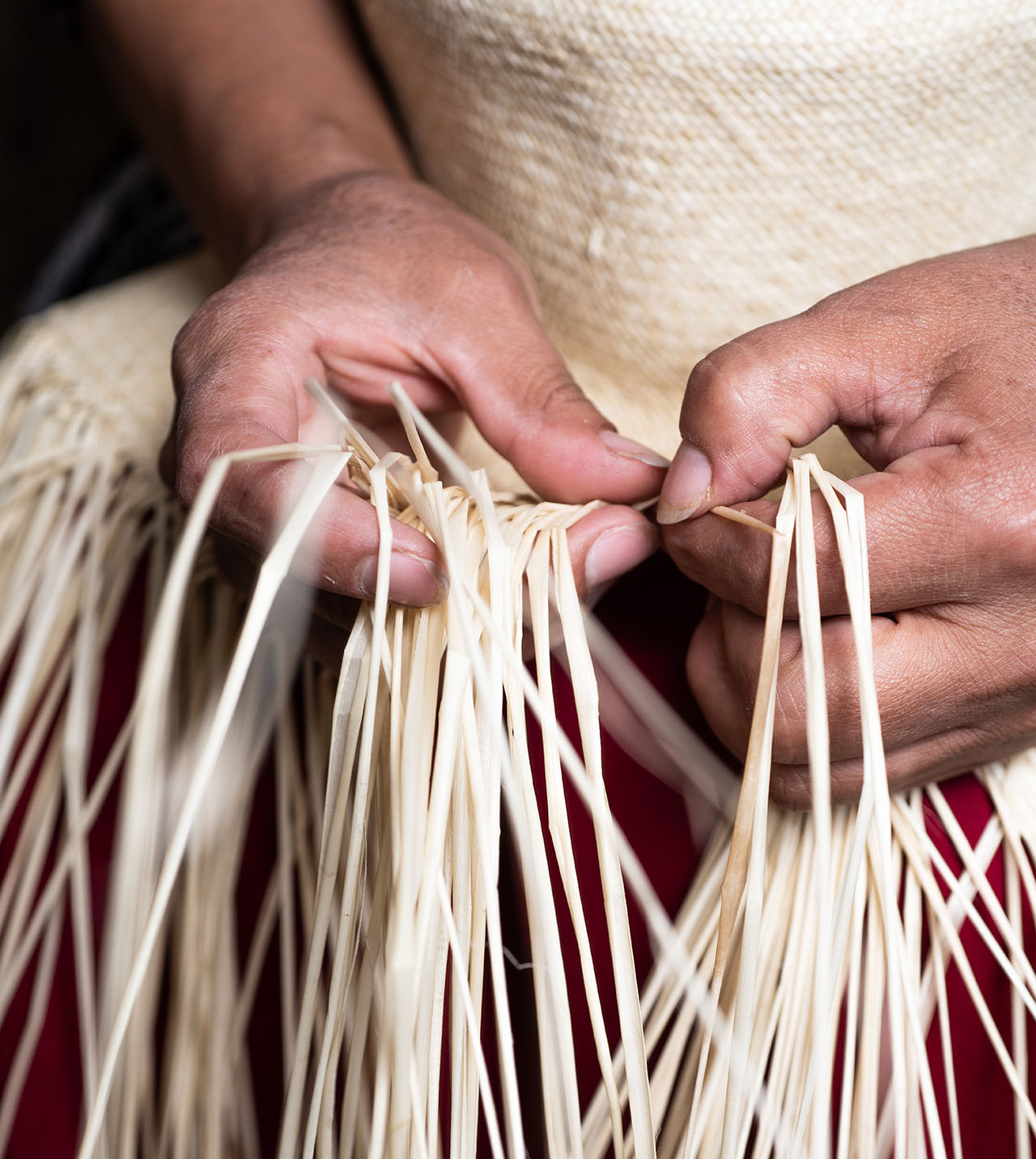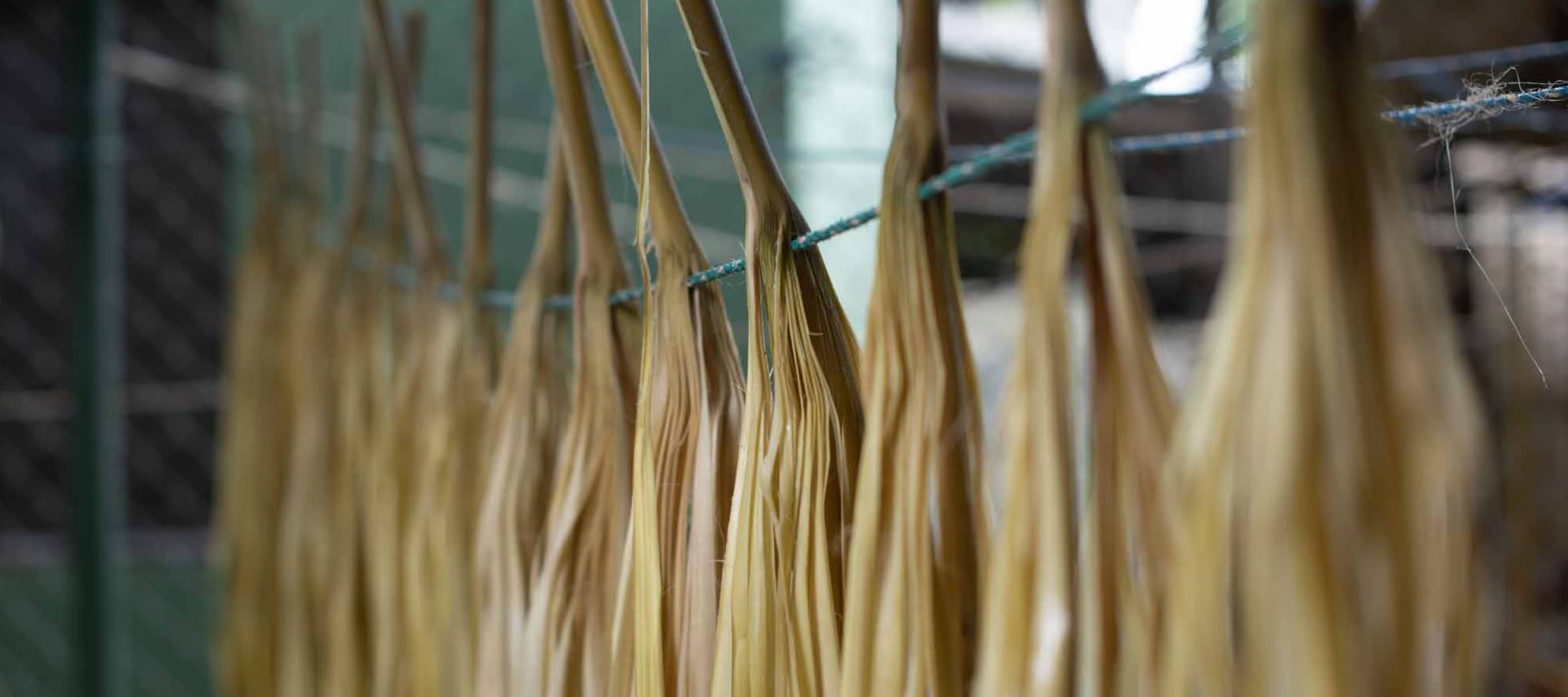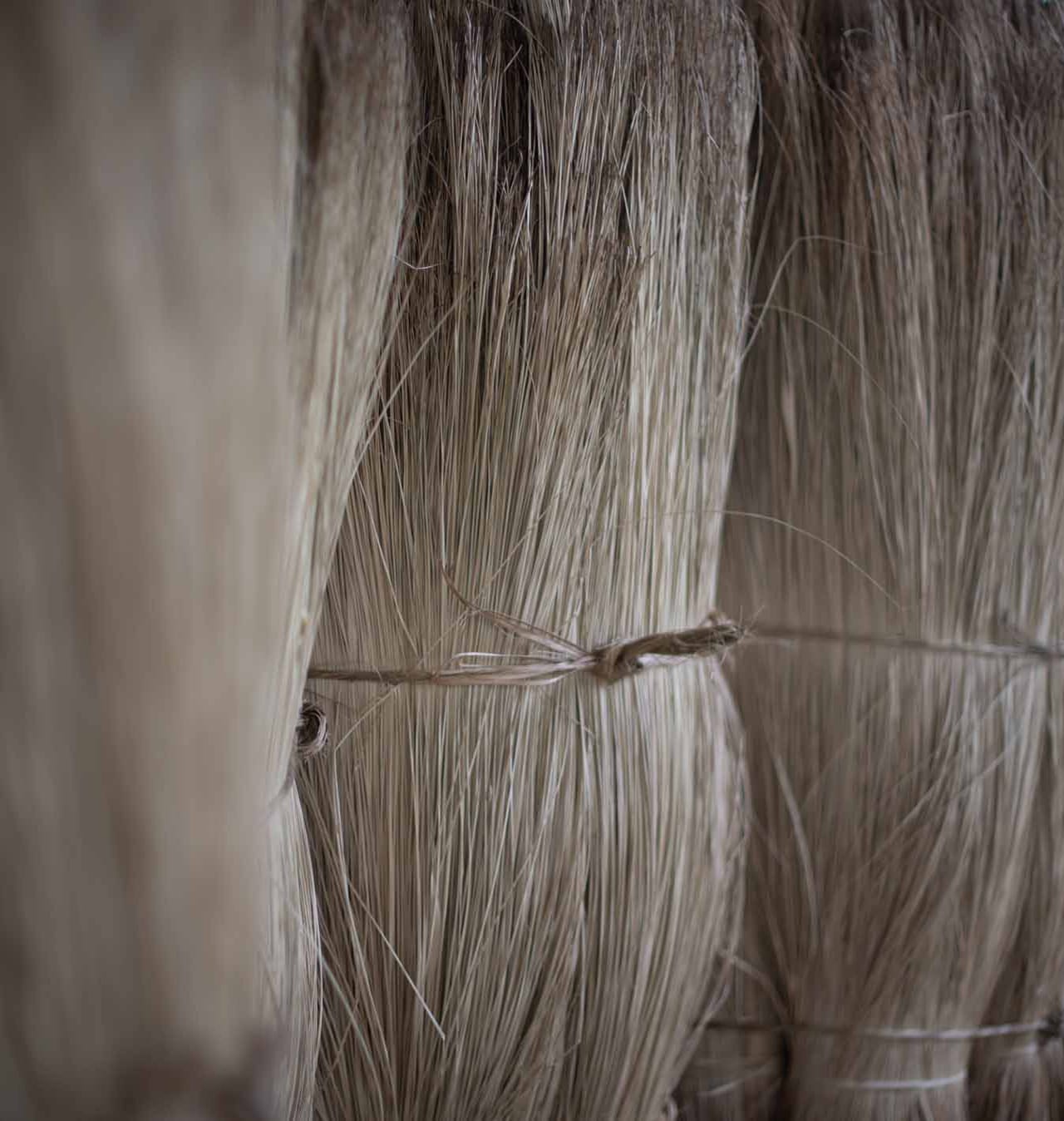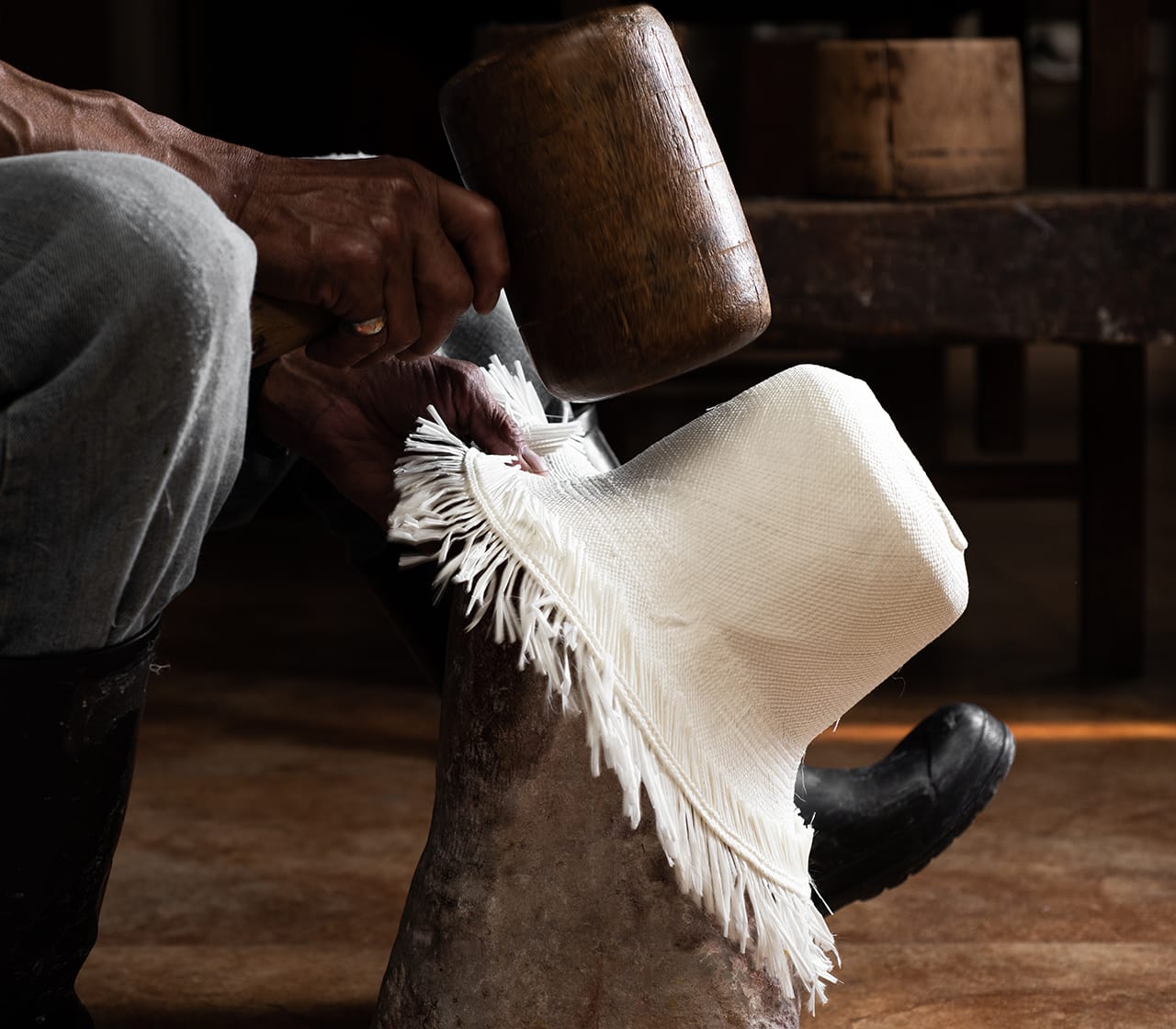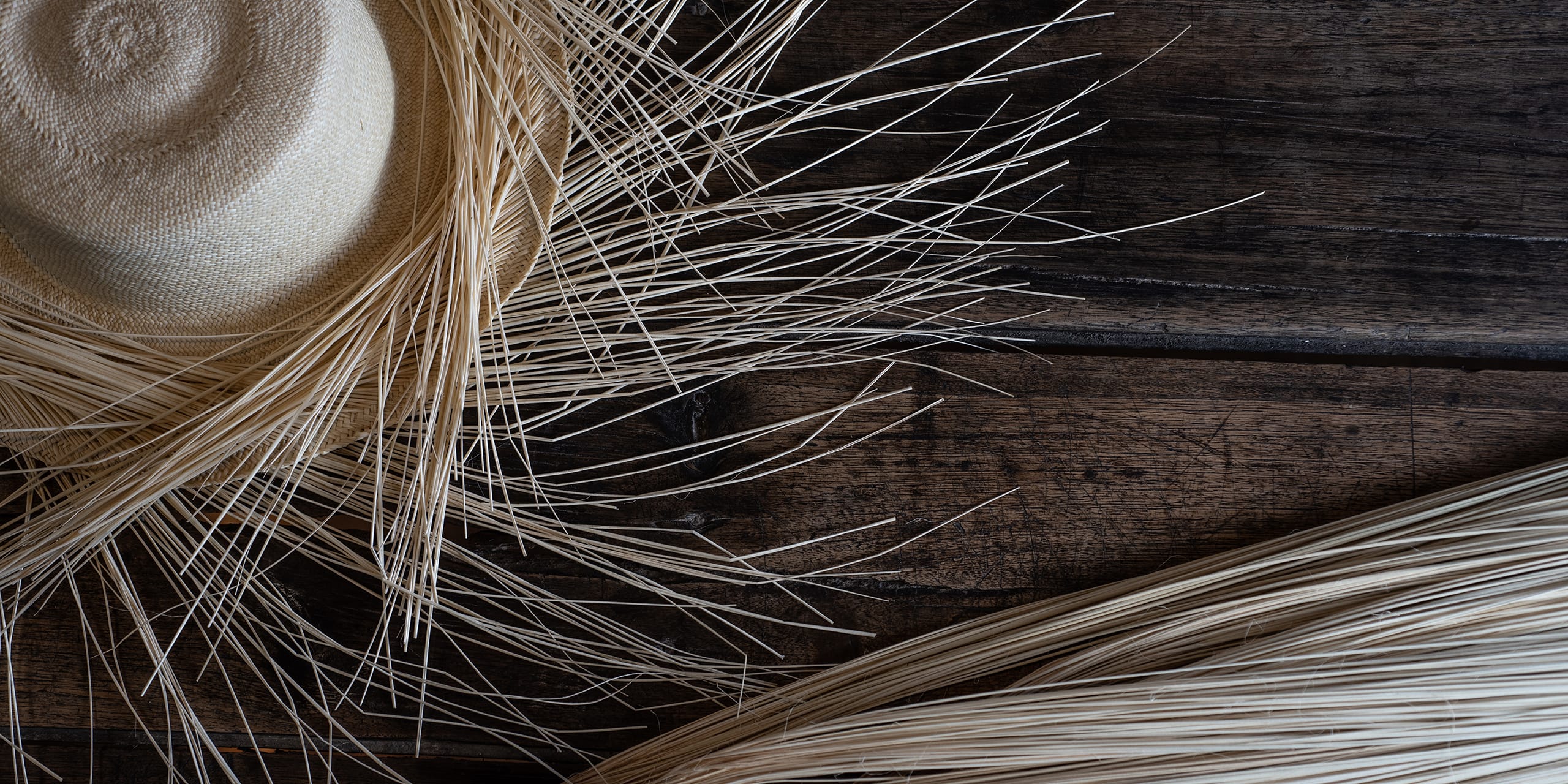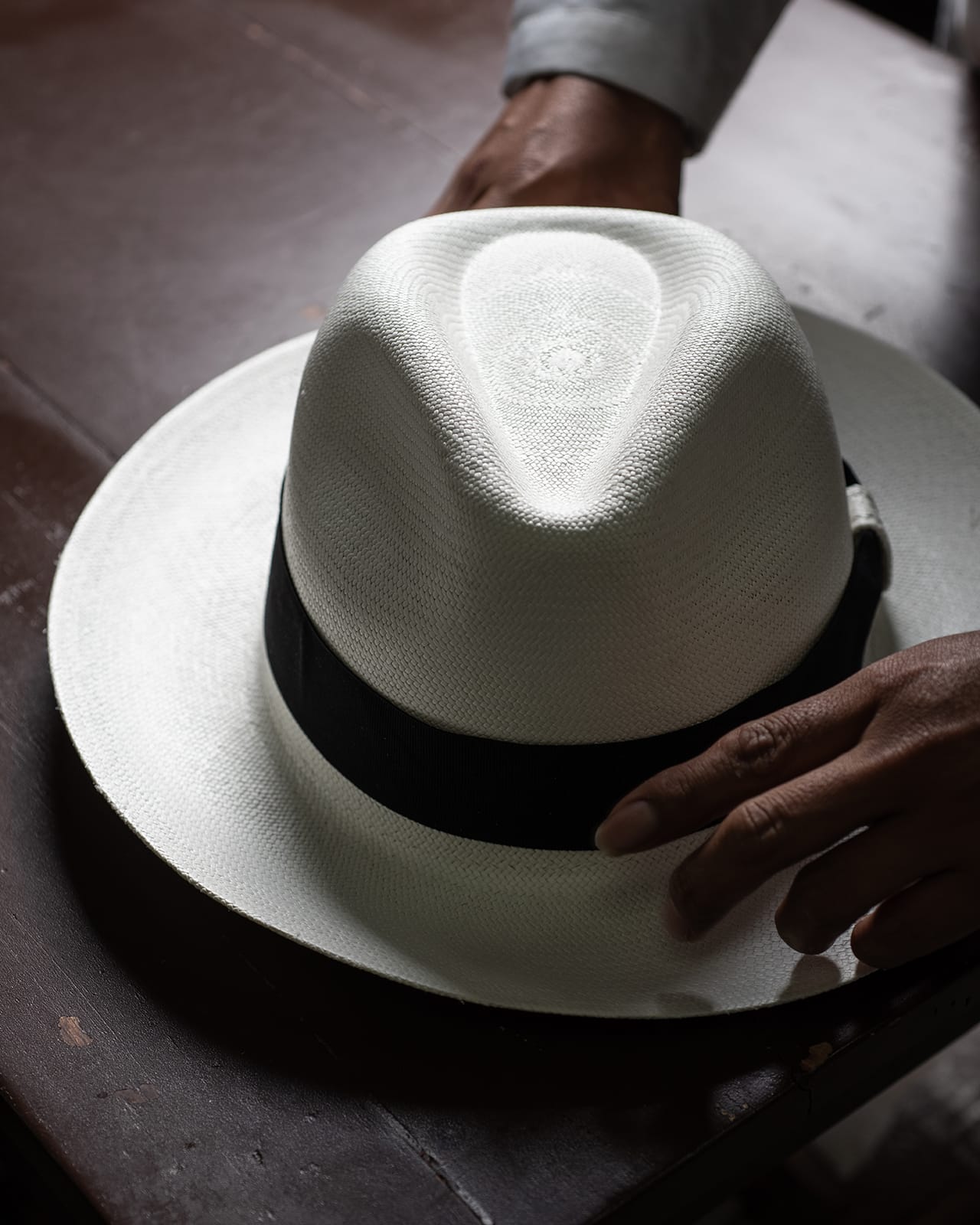Cuenca and MontecristiUNKNOWN SKILLS FOR A FAMOUS ITEM
Added to the UNESCO Intangible Cultural Heritage List since 2012, the making of Panama hats is a knowledge that has been passed down from generation to generation. It was originally a traditional hat, rooted in the ancient Ecuadorian culture, and only two towns, Cuenca and Montecristi were historically responsible for producing genuine Panama hats. The workers who were building the Panama Canal appreciated its lightness and freshness and used to wear it as a sun hat. That is how the hat was named after the Canal. Contrary to what one might think, the Panama is not a matter of shape but a weaving technic using young plants. That is why Ecuadorian people name it, even today, with its original name, el Sombrero fino de paja toquilla, a name which says a lot about its origins and yet keep the secret of its making.
